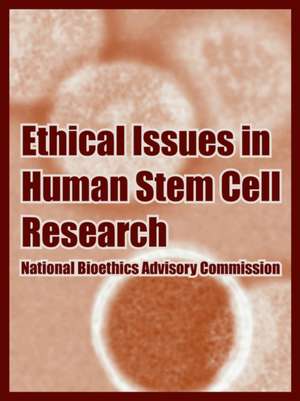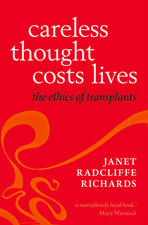Ethical Issues in Human Stem Cell Research
Autor National Bioethics Advisory Commission, United Statesen Limba Engleză Paperback – 31 oct 2004
Preț: 206.17 lei
Preț vechi: 217.01 lei
-5% Nou
Puncte Express: 309
Preț estimativ în valută:
39.45€ • 41.19$ • 32.58£
39.45€ • 41.19$ • 32.58£
Carte tipărită la comandă
Livrare economică 15-29 aprilie
Preluare comenzi: 021 569.72.76
Specificații
ISBN-13: 9781410218957
ISBN-10: 1410218953
Pagini: 424
Ilustrații: 1
Dimensiuni: 210 x 279 x 22 mm
Greutate: 0.95 kg
Editura: University Press of the Pacific
Locul publicării:United States
ISBN-10: 1410218953
Pagini: 424
Ilustrații: 1
Dimensiuni: 210 x 279 x 22 mm
Greutate: 0.95 kg
Editura: University Press of the Pacific
Locul publicării:United States














